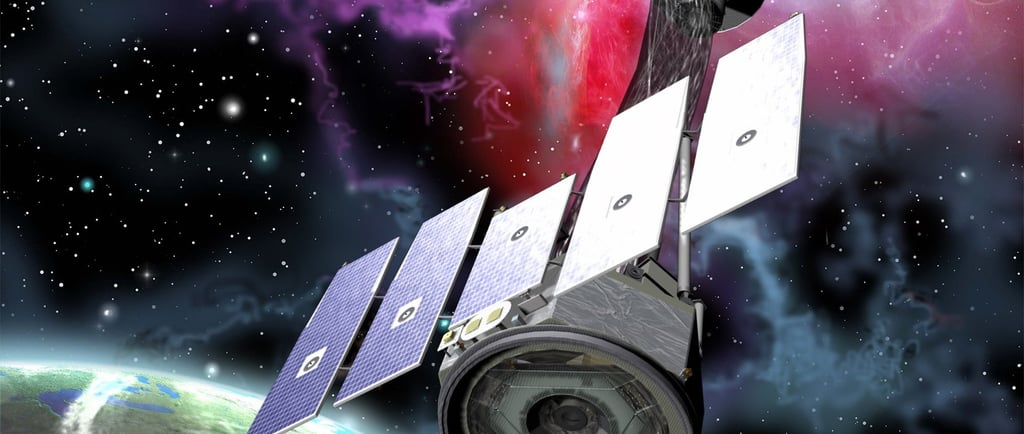NASA’s Imaging X-Ray Polarimetry Explorer


Introduction to NASA's IXPE Mission
The Imaging X-Ray Polarimetry Explorer (IXPE) is a groundbreaking mission launched by NASA to enhance our understanding of the universe. Its primary objective involves studying the polarization of X-rays emitted by various celestial objects, ranging from black holes to neutron stars. By analyzing these polarized light patterns, scientists can gain deeper insights into the cosmic phenomena surrounding these entities, including the remnants of supernova explosions and the energetic particle streams produced by black holes.
Revealing Supernova Remnants
One of the most exciting aspects of IXPE's mission is its ability to investigate the remnants of supernova explosions. A supernova represents a cataclysmic event that signals the death of a star, often resulting in the dispersal of stellar material across vast regions of space. IXPE's advanced imaging techniques allow astronomers to measure the X-ray polarization from these remnants, thereby shedding light on the physical processes that occur during and after these explosive events. Understanding these remnants is crucial, as they not only contribute to the formation of new stars and planets but also distribute heavy elements throughout the universe.
Particle Streams from Feeding Black Holes
In addition to studying supernova remnants, IXPE is exceptionally adept at examining the dramatic particle streams emitted by black holes. When matter falls into a black hole, it often heats up to extreme temperatures, producing X-rays that carry valuable information about the black hole’s environment. By studying the polarization of these X-rays, researchers can infer the geometry and dynamics of the accretion disks around these enigmatic objects. Such insights help answer fundamental questions about the nature of black holes and their influence on surrounding galaxies.
The Importance of X-Ray Polarimetry in Astronomy
X-ray polarimetry, the technique employed by IXPE, is instrumental in modern astrophysics. It provides critical information that complements traditional X-ray observations, allowing scientists to construct a more complete picture of celestial phenomena. The ability to measure how X-rays are polarized enables researchers to decode complex processes occurring in extreme environments. This research not only advances our understanding of black holes and neutron stars but also lays the groundwork for future studies of the universe's most enigmatic objects.
Conclusion
NASA's Imaging X-Ray Polarimetry Explorer stands at the forefront of astronomical research, providing unprecedented insights into the remnants of supernova explosions and the behavior of particles near black holes. As the mission progresses, the data collected by IXPE will undoubtedly enhance our comprehension of the cosmos, potentially leading to groundbreaking discoveries that reshape our understanding of the universe. The exploration of polarized X-rays represents a significant leap forward in observational astronomy, heralding a new era of cosmic discovery.
